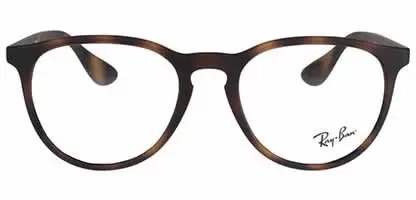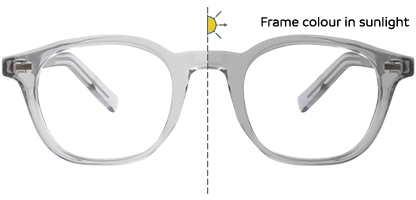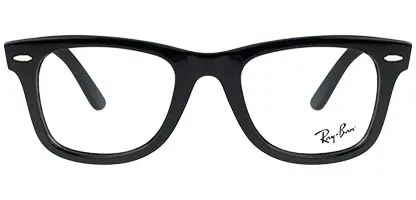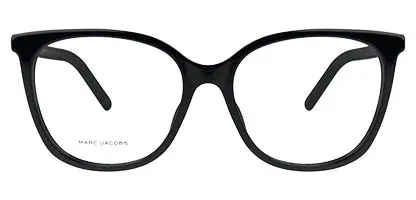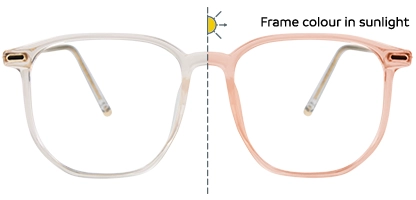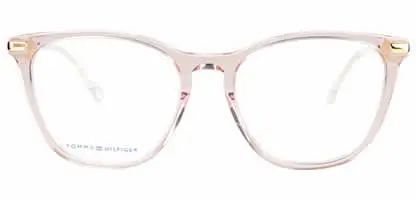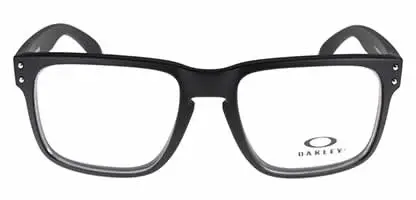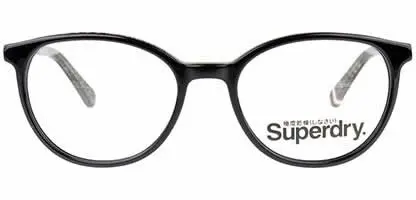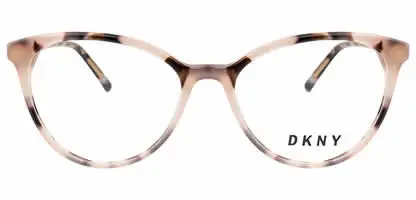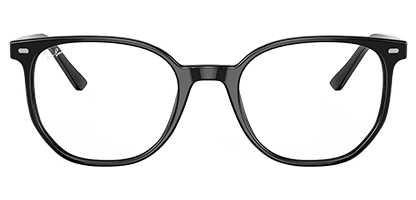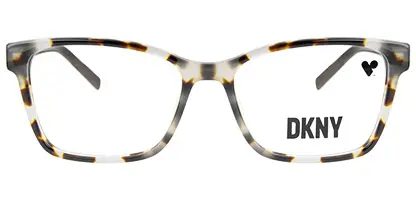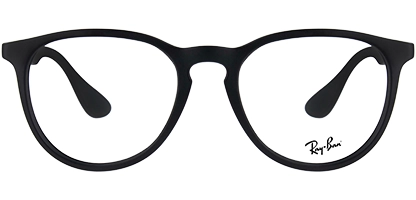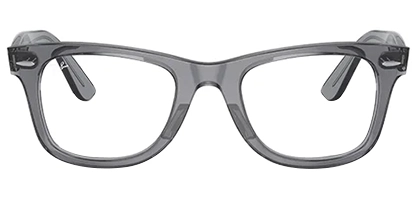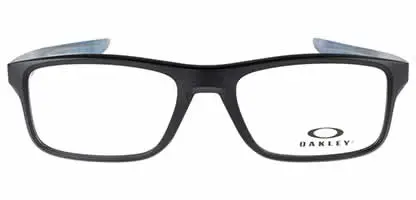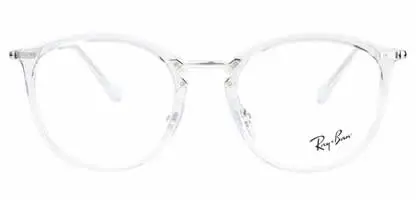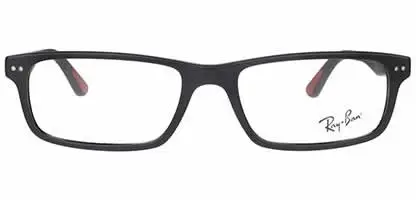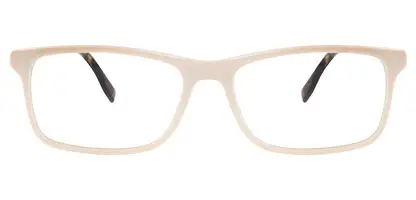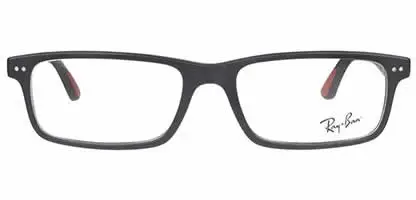Explore our extensive collection of acetate spectacles and utilise our virtual try-on tool to select from a wide range of options. Being one of the leading eyewear retailers in the UK, we offer designer glasses at up to 70% off.
Features of acetate frames
Acetate frames are an excellent choice for many reasons, including:
- They feature different colours and patterns which are embedded entirely throughout the frames.
- Their intricate manufacturing process ensures that the desired look is achieved without the use of paints.
- By combining multiple layers of acetate, various opacities and patterns are achieved for depth and richness, making acetate glasses frames a desirable option for most individuals.
- Acetate spectacles are lightweight and durable, promising long-lasting comfort and a long lifespan.
- They are also known for their hypoallergenic qualities, making them a popular choice amongst those with sensitive skin.
- They are ideal for those with high prescriptions as they help conceal the thickness of the lenses.
A brief history of acetate glasses frames
Also known as cellulose acetate, this widely used material is derived from plant-based sources, including wood pulp and cotton. Developed by the scientist Paul Schützenberger in 1865, it was one of the first synthetic fibres, which was introduced as an eyewear material later in 1940.
Shop glasses frames with or without prescription from Feel Good Contacts. Browse from a wide range of brands, including Ray-Ban, Superdry, Lacoste, Calvin Klein Jeans and more.

 Offers
Offers Account
Account
 Favorite
Favorite
 Basket
Basket

 OFFERS
OFFERS










 Aviator
Aviator  Cat Eye
Cat Eye  Clubmaster
Clubmaster  Oval
Oval  Rectangle
Rectangle  Round
Round  Square
Square  Wayfarer
Wayfarer  Black
Black  Blue
Blue  Brown
Brown  Clear
Clear  Gold
Gold  Green
Green  Grey
Grey  Gunmetal
Gunmetal  Multicolour/Other
Multicolour/Other  Nude
Nude  Pink
Pink  Purple
Purple  Red
Red  Rose Gold
Rose Gold  Silver
Silver  Tortoise
Tortoise 